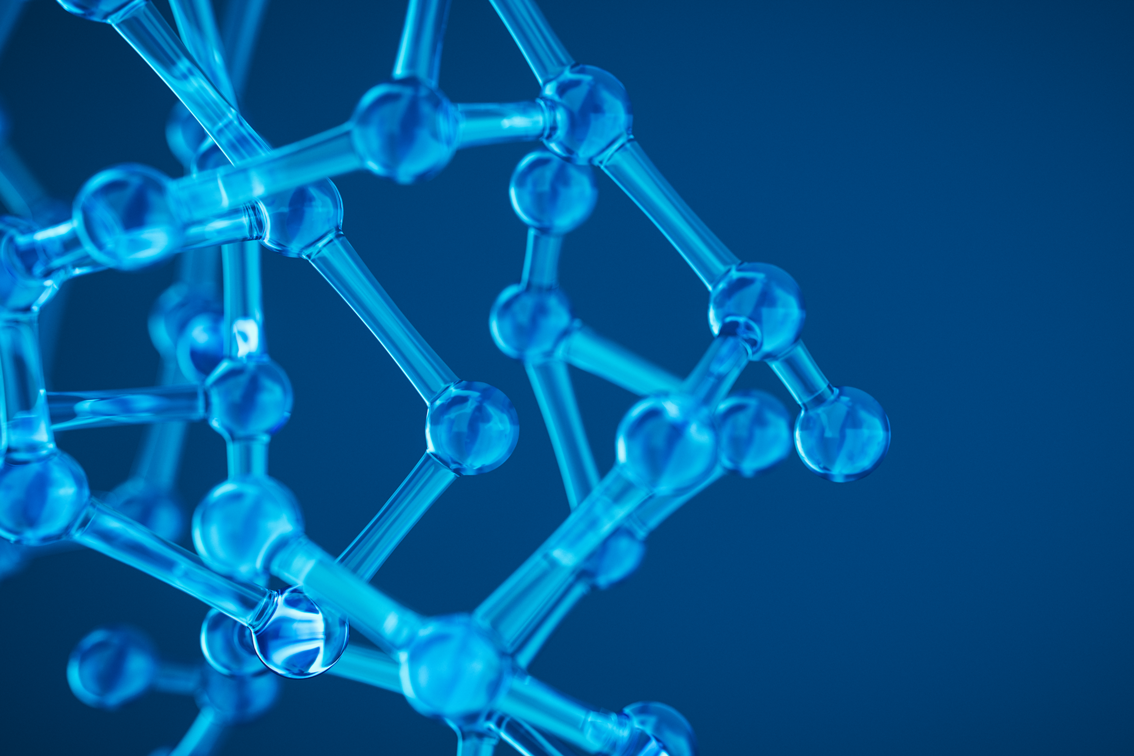UV-insensitive materials and post-processing that increase longevity
A common and very efficient way to increase the longevity of printed components is to use UV protective coating. UV protective coating absorbs or reflects UV rays and protects the material so that it does not fade, yellow or become brittle. However, finishing 3D-printed components with UV varnish is only one option for extending the durability of the material used.
If 3D-printed components must be designed to be maximally UV-resistant and highly durable, then we strongly recommend using ASA (acrylonitrile styrene acrylate). ASA is processed using FDM technology.
ASA is an extremely impact resistant acrylic elastomer that has similar material properties to ABS plastics. However, ASA is considered weather resistant, which has given it the nickname "ABS for outdoors." ASA is the material of choice when it comes to machine components or prototypes that will be used outdoors or under increased UV exposure indoors.
In additive manufacturing, ASA places high demands on the printing process. The material is very sensitive to sudden temperature changes and must be processed in enclosed build spaces. In addition, the correct distance between the print bed and the nozzle is crucial so that really high-quality components can be manufactured from the UV-stable material.





